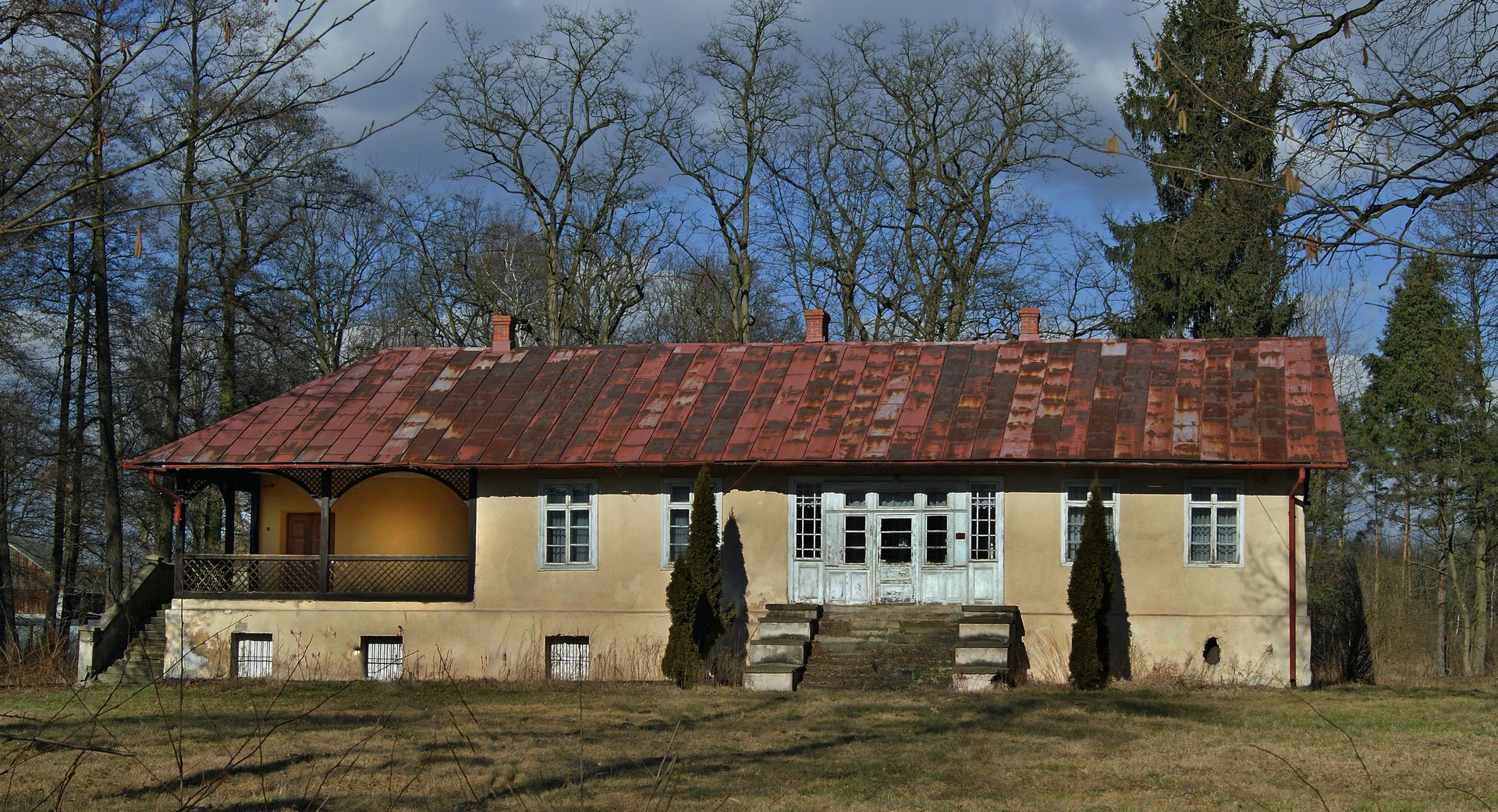The manor complex in Przeginia Narodowa
6.81

Overview
Przeginia is a locality with a rich history, dating back to 1276. Over the centuries, the village split into two parts: Przeginia Duchowna (Ecclesiastical) came under the control of the Benedictines of Tyniec and later the Canons Regular of Lateran from Kraków, while Przeginia Narodowa (National) remained in private hands. In the 15th century, the estate belonged to Henryk Ligęza, and later to Żegota of Gumienice and Jan Skawiński. In the 18th century, it came under royal authority; in the 19th century, the properties were held by the Austrian government and then transferred to the Agricultural Society in Kraków. At the beginning of the 20th century, the entire Przeginia belonged to the Kraków Chapter.
After the manor house was rebuilt in 1910—known as "Matejkówka"—it came into the possession of Jan Matejko’s family. During World War II, it housed a customs chamber, and after the war, the building was taken over by the State Land Fund and converted into a school. Today, it serves as the headquarters of the Women's Association in Przeginia Narodowa and a branch of the Municipal Cultural Center Library.
Architecturally, the manor house, built between 1830 and 1833, was originally a single-story structure with a high basement. In 1910, it was expanded, gaining a large corner portico and broad stairs leading to a new entrance. The whole is crowned with a three-pitched roof, and remnants of the old park have been preserved. The manor complex in Przeginia Narodowa, which includes not only the manor but also the surrounding park and pond, has been entered into the register of immovable monuments of the Lesser Poland Voivodeship, confirming its architectural and cultural value.
It is worth noting that, despite its turbulent history, Przeginia has retained its importance on the cultural map of the region. Its development and changes in ownership structure reflect the dynamic history of Poland.
Location
2025 Wizytor | All Rights Reserved